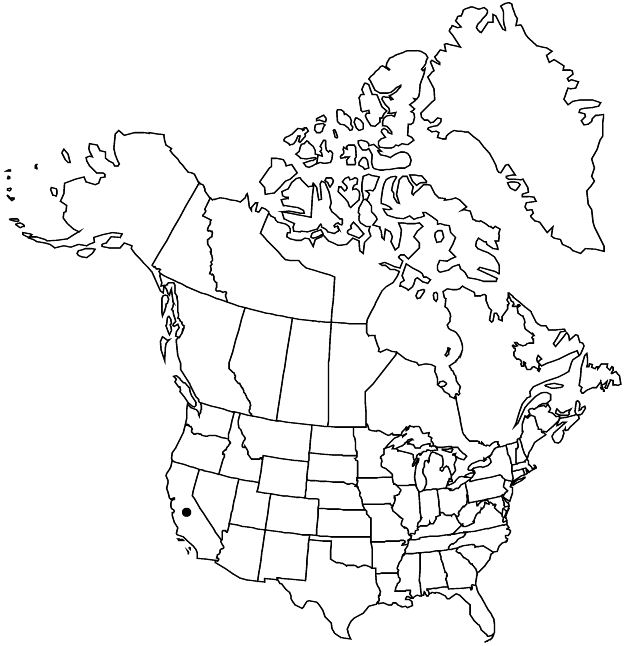Acaena pinnatifida
Fl. Peruv. 1: 68, plate 104, fig. b. 1798.
Plants from branched woody caudex. Stems decumbent, becoming suberect, 1.5–5 dm (in fruit), 4 mm diam.; branches erect or leafy. Leaves (crowded at bases of stems); stipules absent; petiole to 4 cm; blade 3–15 cm, leaflets 6–10 per side, gray-green (at least on dried specimens), ovate, 4–10 mm, pinnatisect, lobes 3–7 (–11), linear, margins revolute, apex penicillate (having a little brush or tuft of hairs at tips), abaxial surface sericeous, adaxial sparsely pilose. Scapes terminal, to 50 cm, 1.5–3 mm diam., sparsely pilose, proximal scape and leaf-sheaths with multicellular hairs among 1-celled hairs, with (0–) 2–3 cauline leaves to 10 cm. Inflorescences 15–35-flowered, interrupted spikes, (flowers crowded distally, 2–15 cm in flower, elongating to 50 cm in fruit); bracteoles leaflike to linear, ciliate. Flowers 6 mm diam.; sepals 4–5, elliptic, 3 mm, abaxially pilose, adaxially glabrous; stamens usually 4, filaments 2–3 mm, anthers dark red; stigma rose, laciniate. Fruiting hypanthia ovoid, 3–4 mm diam., surfaces tomentose, obscurely 4-angled, bearing 10–20 spines in longitudinal ranks, to 3 [–4] mm, spines with retrorse hairs or barbs.
Phenology: Flowering Mar–Jun.
Habitat: Coastal grasslands, open rocky slopes, sand dunes, old roadsides
Elevation: 50–400 m
Distribution

Calif., South America (Argentina), South America (Chile)
Discussion
Herbarium records indicate occurrences of Acaena pinnatifida between Santa Barbara and Sonoma counties.
Selected References
None.
Lower Taxa
"thin" is not a number."dm" is not declared as a valid unit of measurement for this property."dm" is not declared as a valid unit of measurement for this property.
